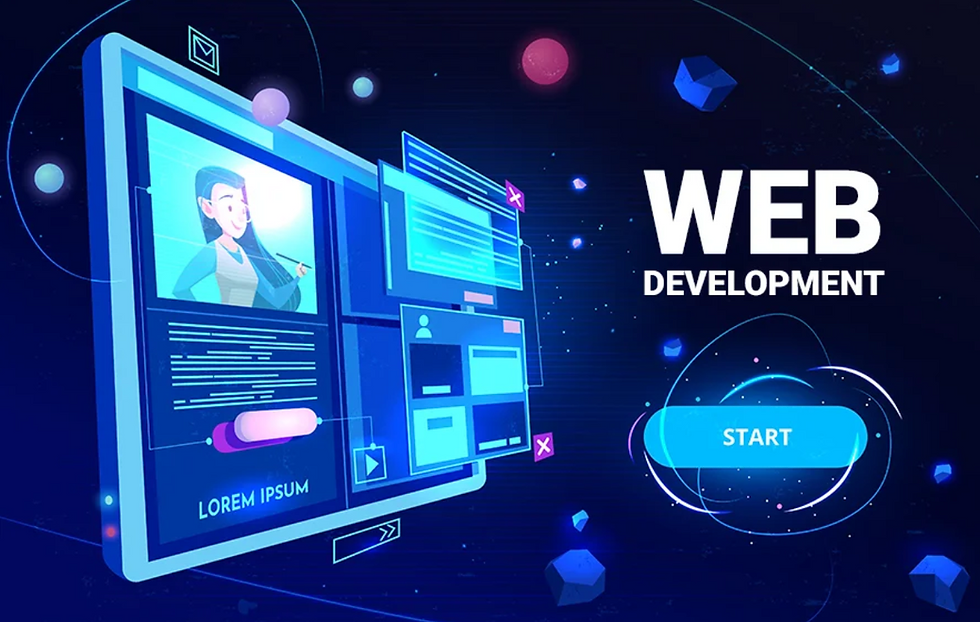What is List Comprehension?
- ghoshricha08
- Jun 27
- 3 min read
List comprehension is one idea that leaps out for simplicity and strength when entering the realm of Python programming.
This tool allows you to elegantly and cleanly construct fresh lists from already existing ones.
Aspiring developers are taught to embrace Python's readability at the Python Training Institute in Noida; list comprehension is one of the main illustrations of that approach.
Understanding list comprehension is like acquiring a shortcut that makes your code not just shorter but also smarter, regardless of your level of experience with Python or just starting from nothing.

Understanding List Comprehension with Real-Life Analogy
Imagine you are in a school and the teacher asks, "Write down the squares of numbers 1 through 5." You most likely would create a basic loop:
Python
Copy
Edit
squares = []
[i in range 1, 6].append(i * i).
tidy yet quite heavy.
Here is the list comprehension variant right now:
Python
copy
edit
Squares = [i * i for i in range(1, 6]
It performs the same chore in one line! Smooth, right?
Python's approach of saying, "Why write five lines when one is enough?" is list comprehension.
Any Python training course should include this succinct syntax as a must-learn topic, particularly if you are enrolled at a professional Python training institute in Noida, where clever coding techniques are strongly promoted.
Basic Syntax: What Makes It Work?
Here's the basic layout:
Python
Copy
Edit
[expression for iterable item depending on condition]
Let us dissect it as follows:
expression: With every object, what do you wish to do?
object: item Like a list or a range, the variable standing for every value from your iterable is variable.
Any sequence, including list, tuple, string, etc.; optional condition: iterable, a filter including objects alone in response to a condition being satisfied.
Example with condition:
Python.
Copy
Edit
even_squares = [i * i for i in range(10) if i % 2 == 0]
From 0 to 9, this produces even number squares. Like that — no loops, no additional lines!
Why Use List Comprehension?
Let's discuss why list comprehension is a major concern in Python development and why it is taught as a fundamental concept at the Python Training Institute in Noida:
Less Code, More Impact: Makes several lines on one.
Python loves simplicity. One can grasp its structure easily.
Performance-wise, it can be quicker than conventional loops.
Numbers, texts, lists, and even nested structures can all be used with it.
Some Fun Examples to Explore
1. Double each letter in a word
Double every letter in the word
Python
Copy
Edit
Reproduction
word: "fun";
doubled = [ch * 2 for ch in word]
['ff', 'uu', 'nn'] is the output.
Name list with capital
2. List of capitalized names
Python
Copy
Edit
Names are ['john', 'emma','mike].
capitalized = [name.capitalize() for name among names]
# Output: ['John', 'Emma', 'Mike']
Comprehension of nested lists (for matrix flattening)
3. Nested List Comprehension (for matrix flattening)
python
copy
edit
matrix = [[1, 2], [3, 4], [5, 6]]
flat = [row in matrix for num in row]
# also [1, 2, 3, 4, 5, 6] in output
Sessions at prestigious training facilities such as Python Coaching in Gurgaon routinely use these exercises to develop logical thinking and practical problem-solving techniques.
When Not to Use List Comprehension?
While amazing as it is, occasionally list comprehension is not perfect:
Should the reasoning entail several nested conditions or be overly complicated?
If length or uncertainty compromises readability, then it should be avoided as well.
Follow loops in situations where the process produces side effects (like writing to a file).
Like what the Python Training Institute in Noida does, the correct training guides students on when to use and when to avoid this ability for effective and clean coding.
Conclusion
To sum it up, list comprehension is a potent and Pythonic approach to streamline your coding logic. Every Python student should master early on this elegant, legible, and efficient aspect.
Whether you only explore Python on weekends or are a full-time student, selecting a trustworthy training source counts.
This is why organizations like the Best Python Training Institute in Delhi and Python Coaching in Gurgaon include list comprehension extensively in their hands-on courses.
Python is about writing clever, neat, and efficient code, not only about syntax.



Comments